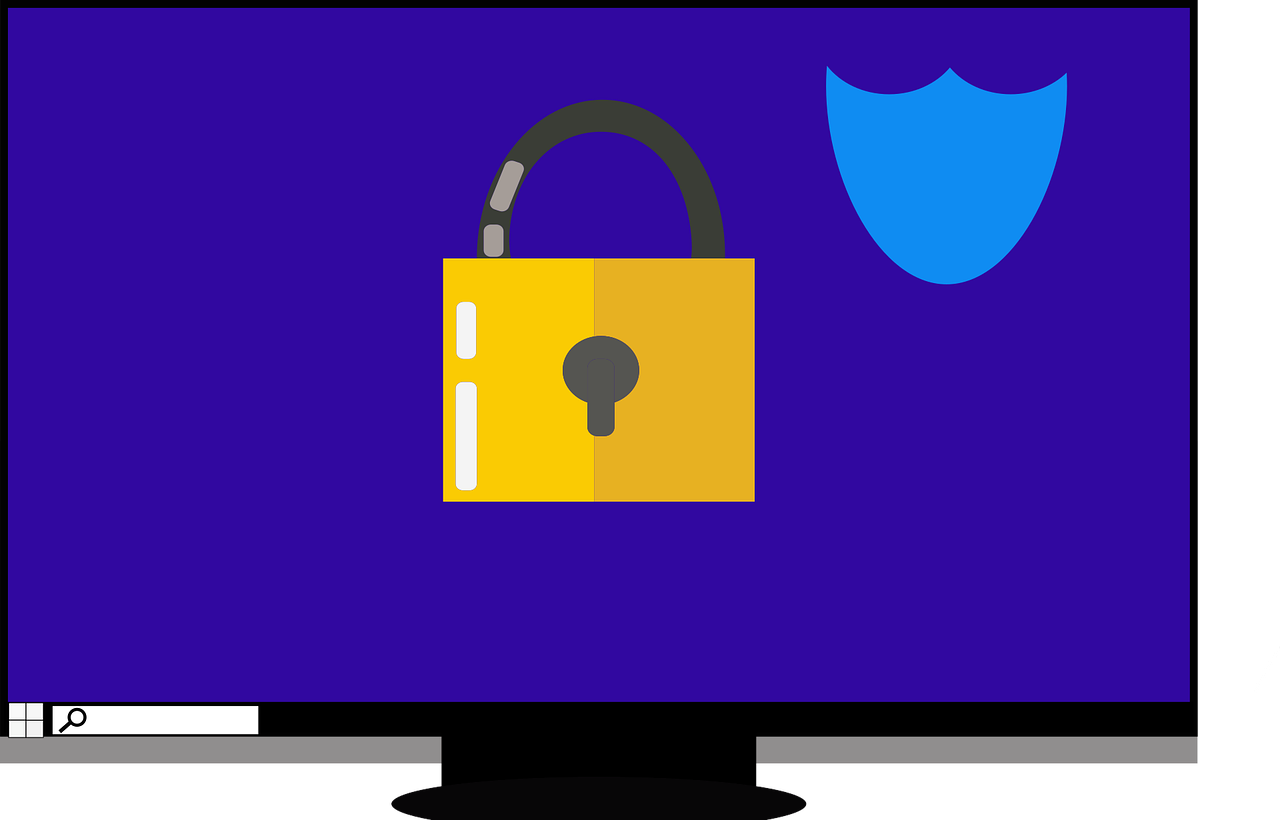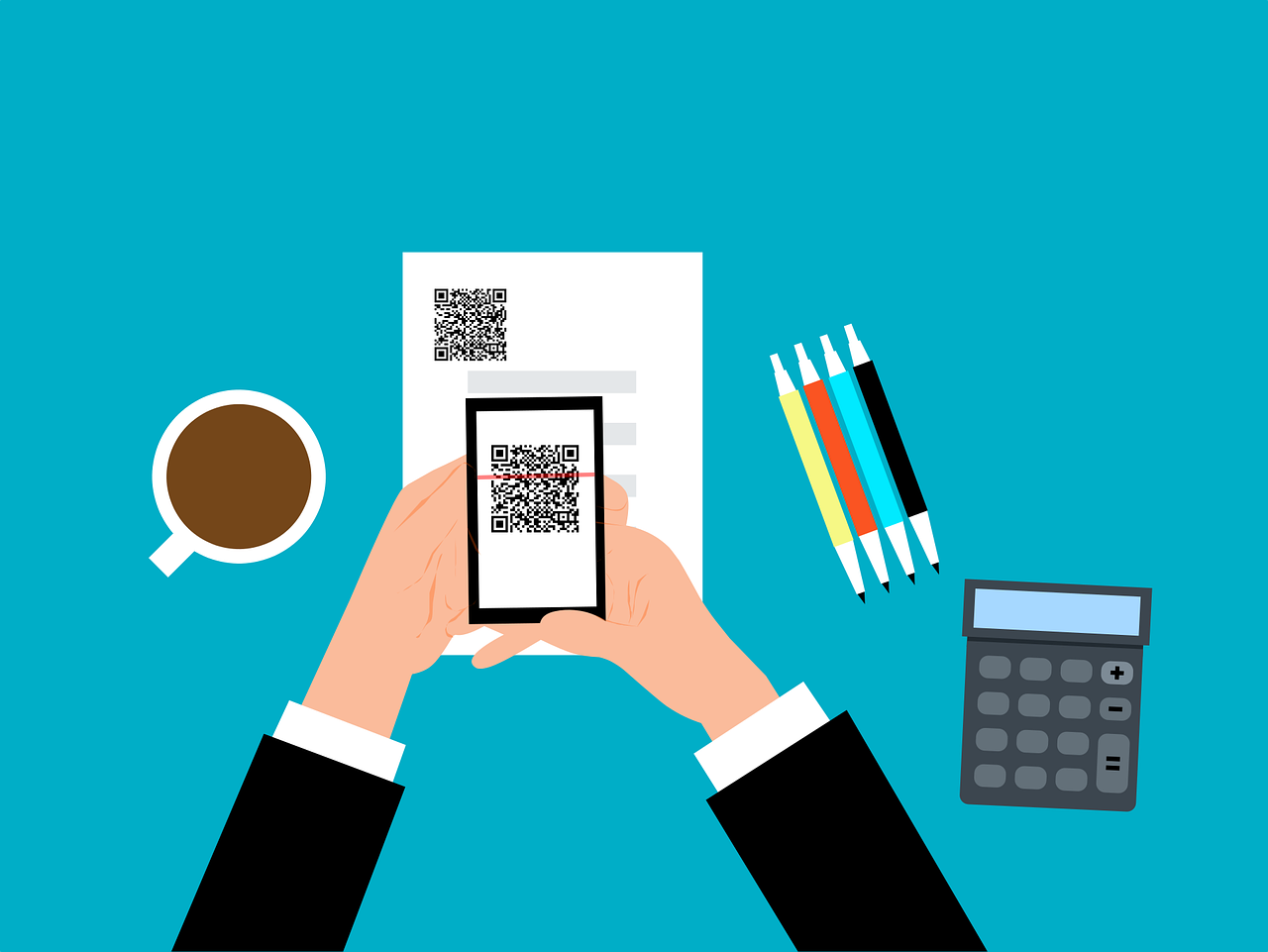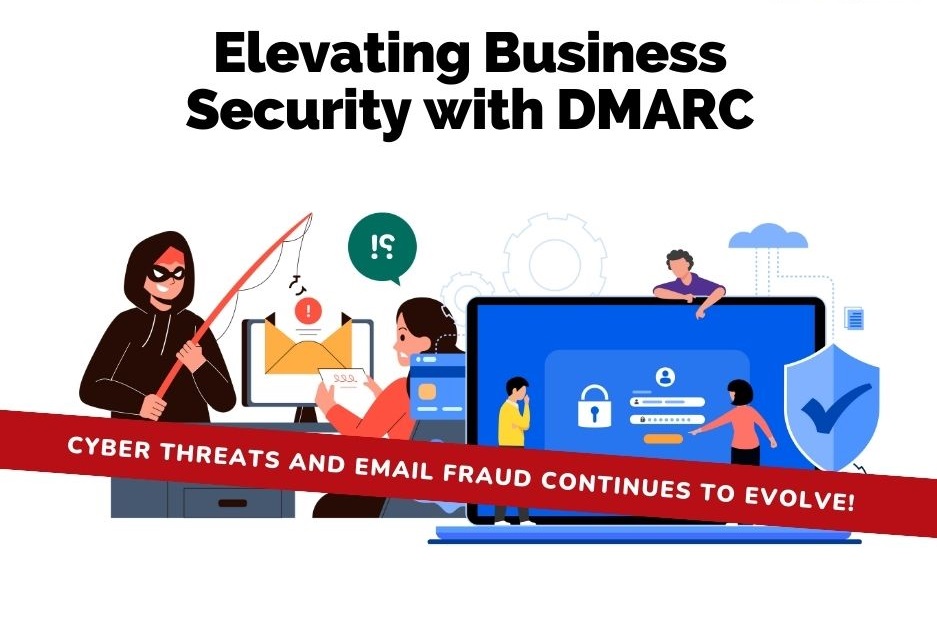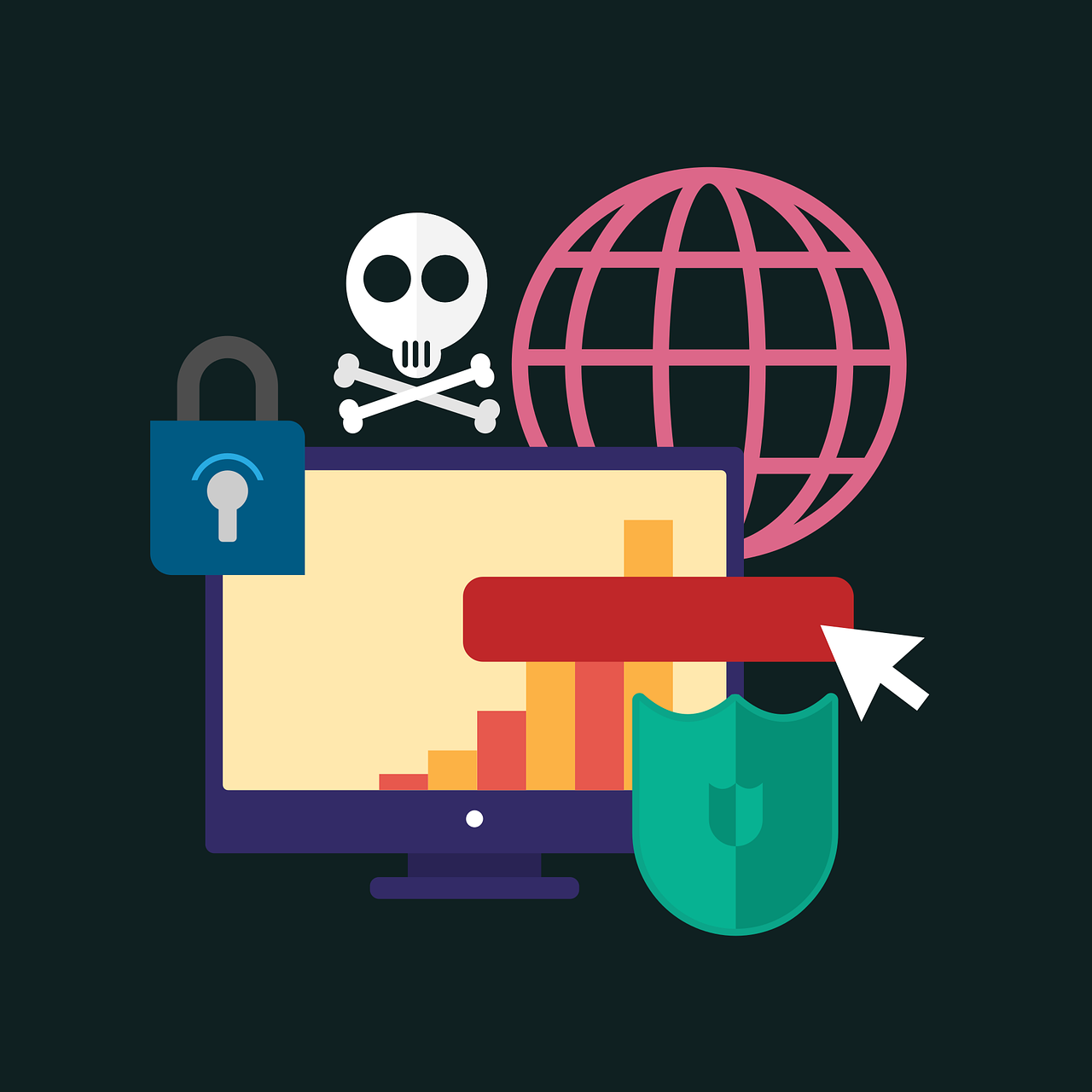
10 Most Common Smart Home Issues (and How to Fix Them)
Back when you were a kid, living in a “smart home” probably sounded futuristic. Something out of Back to the Future II or The Jetsons. Well, we don’t yet have flying cars, but we do have video telephones as well as smart refrigerators and voice-activated lights.
But even the most advanced technology can have analogue problems. Hackers can get past weak passwords. Bad connections can turn advanced into basic pretty quickly.
Have you run into any issues with your smart home gadgets? Not to worry! We’ve got your back when it comes to troubleshooting several common smart home issues.
Here are some of the most frequent problems along with simple steps to get your smart haven back on track.











